Pituitary, Thyroid, and Parathyroid Disorders and Considerations
- Endocrine emergencies, such as thyroid storm and myxedema coma, still carry a high mortality rate and need to be promptly managed.
- Syndrome of inappropriate antidiuretic hormone secretion remains the most common cause of hyponatremia, a common electrolyte abnormality encountered in the critically ill.
- Nonthyroidal illness syndrome, or euthyroid sick syndrome, may occur as a response to acute illness or stress and should be differentiated from underlying thyroid disease.
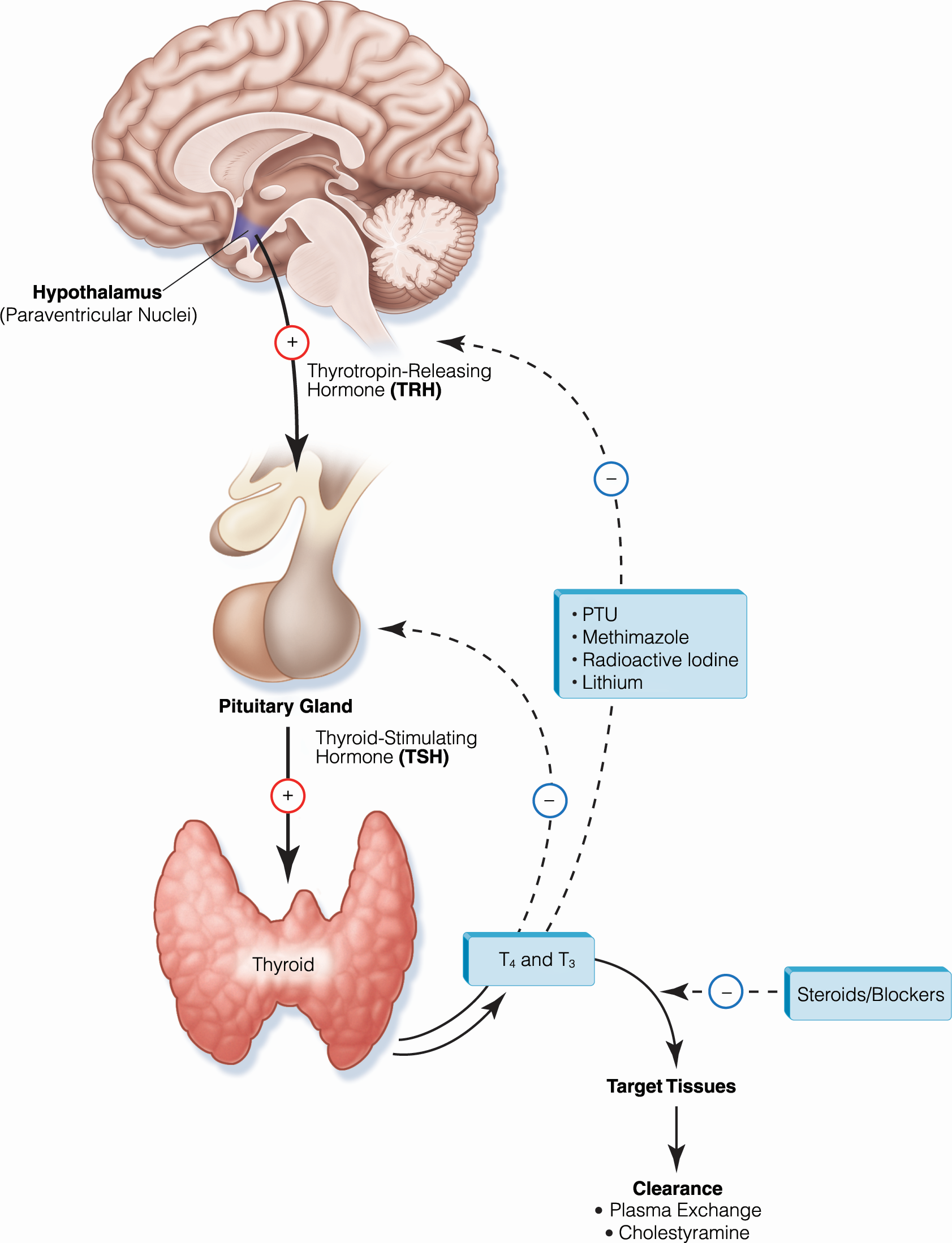
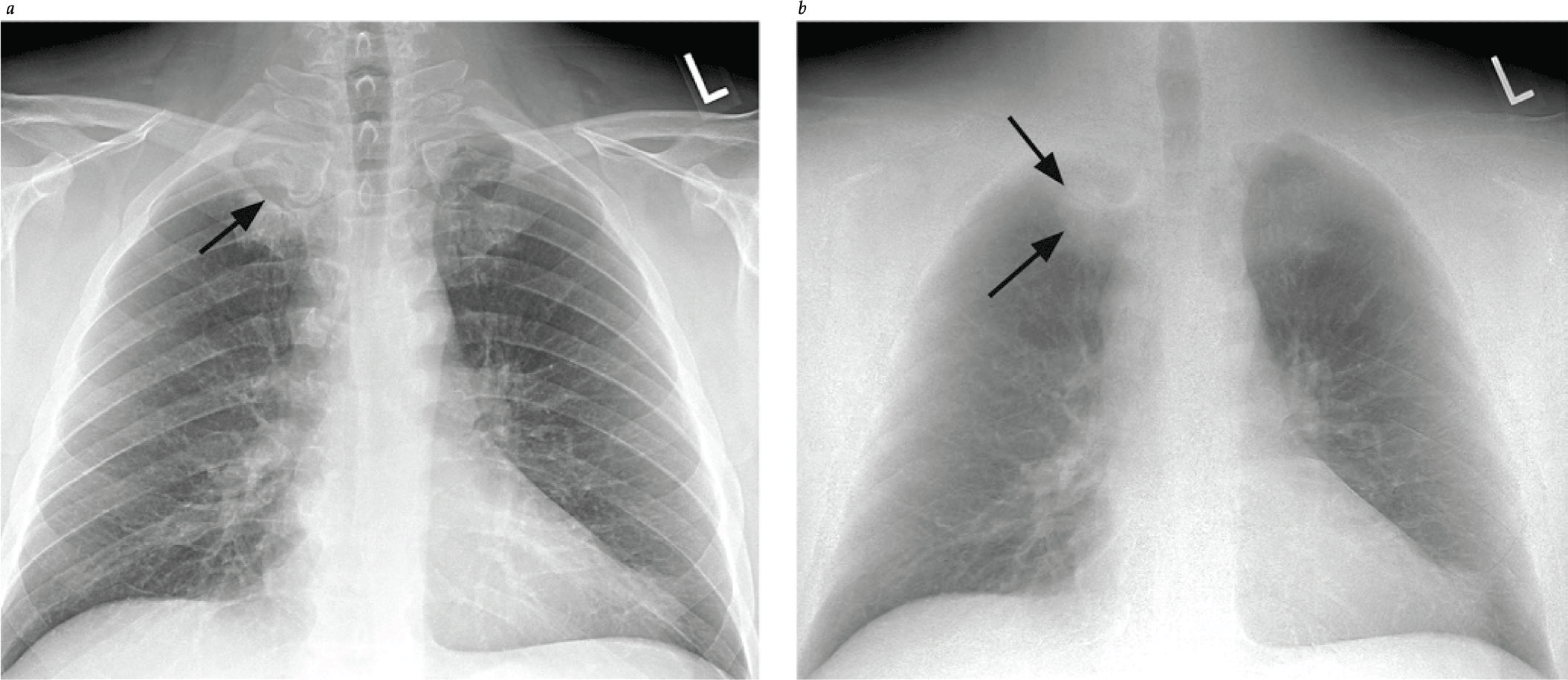
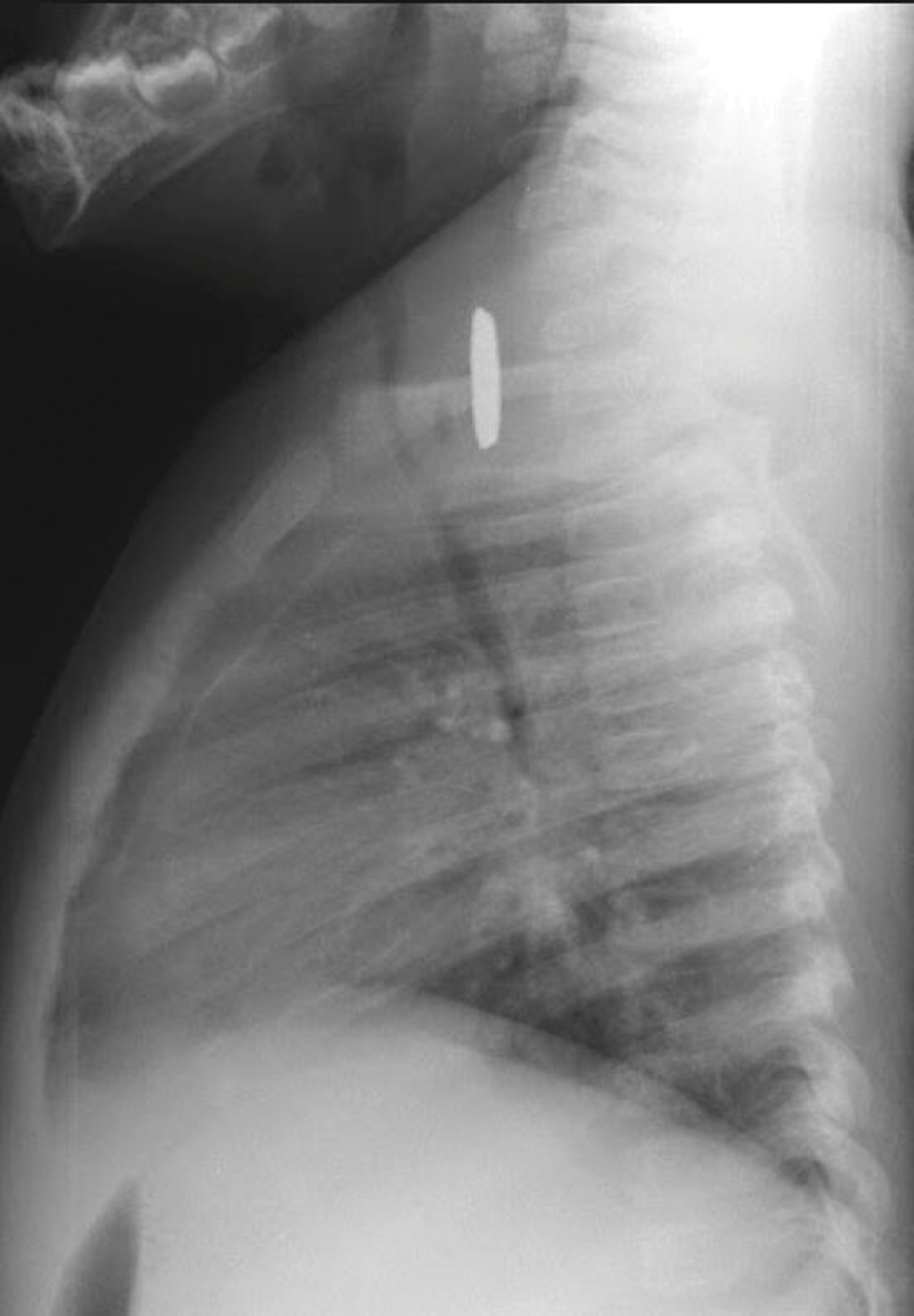

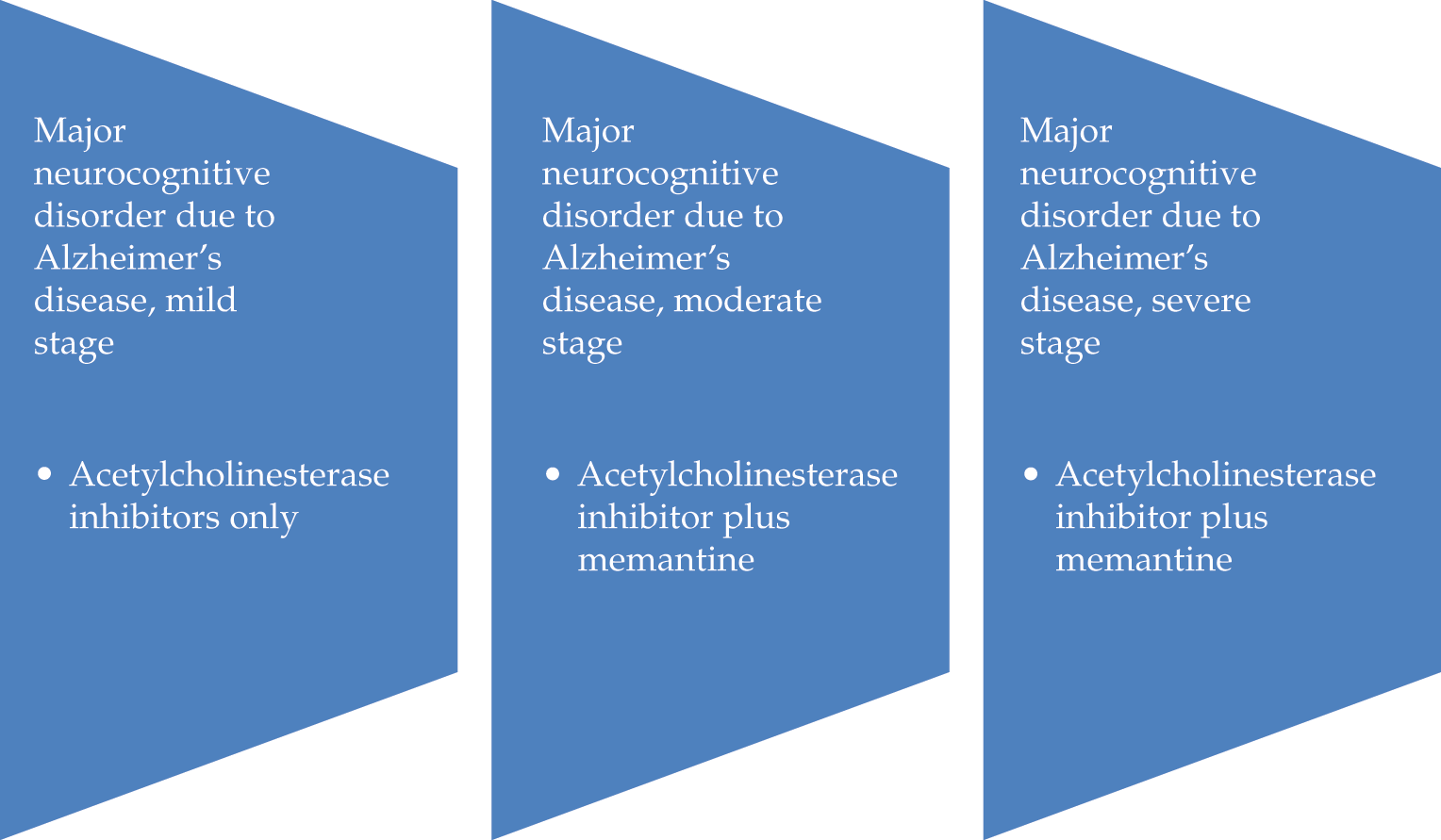

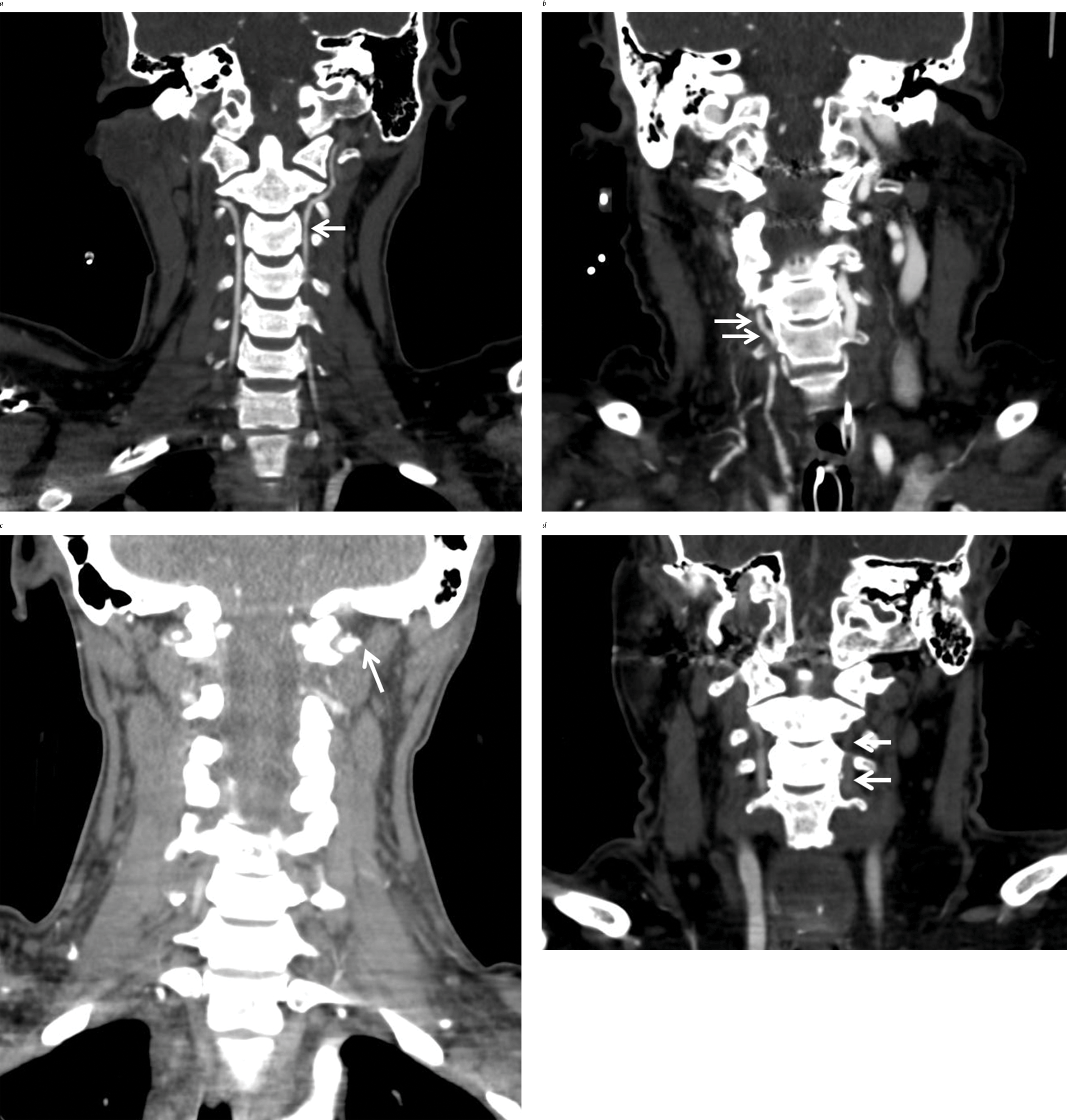


.png)






